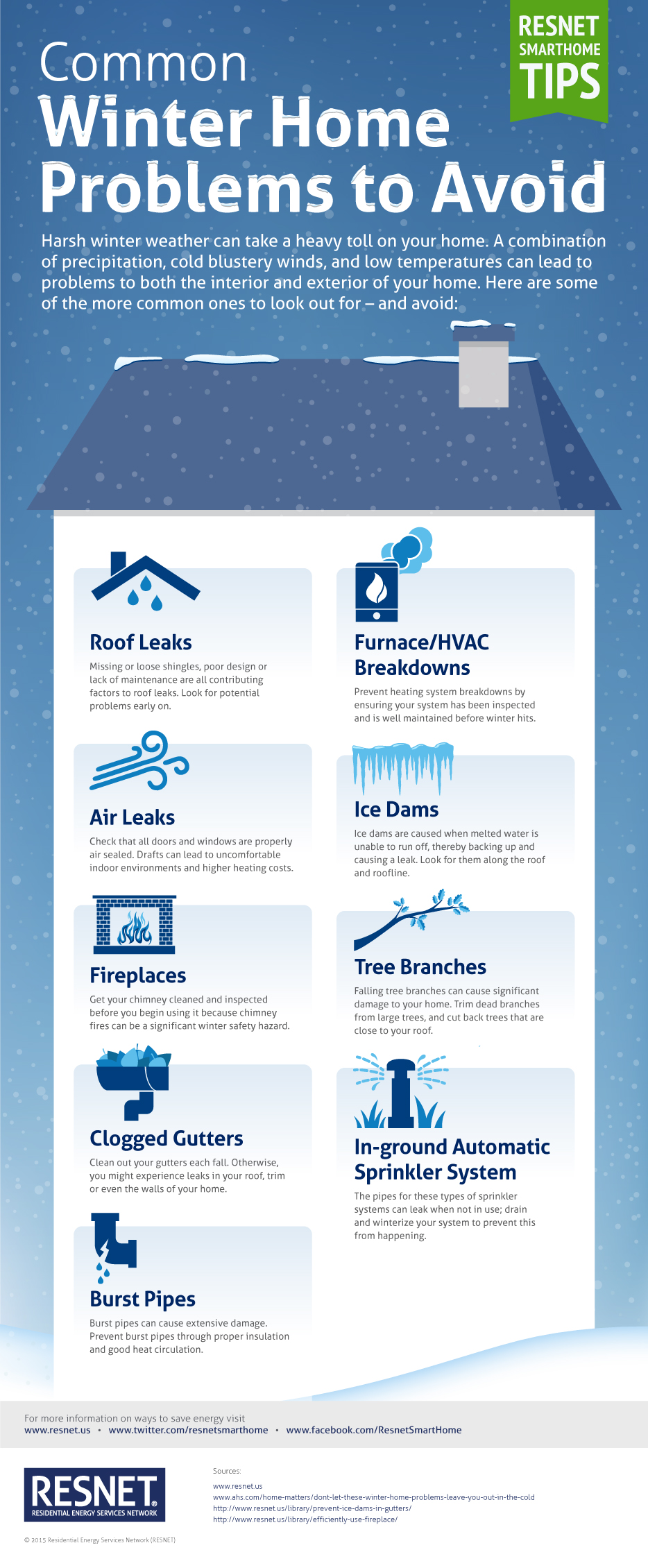Are You Curious About Finding Out How To Efficiently Carry Out Roof Covering Evaluations And Prevent Pricey Fixings?
Are You Curious About Finding Out How To Efficiently Carry Out Roof Covering Evaluations And Prevent Pricey Fixings?
Blog Article
Write-Up Developed By-Rush Moody
To ensure your roofing system remains in leading condition, expert ideas for a complete examination can make all the distinction. By understanding the art of taking a look at key areas and finding usual red flags, you can possibly save yourself from expensive repairs down the line. So, are you ready to take the primary step in protecting your home and improving your roofing's durability?
Roof Covering Evaluation Prep Work
Plan for your roof examination by gathering needed devices and safety and security equipment. Beginning by guaranteeing you have a sturdy ladder that gets to the roof covering securely. Furthermore, get a set of sturdy work gloves to protect your hands from any sharp edges or debris. A trustworthy flashlight will certainly also can be found in handy, especially if you're evaluating the roofing system in dim illumination conditions.
Next off, collect a caulking gun and roofing sealant to resolve any kind of minor leakages or problems you might run into during the inspection. A tape measure will certainly assist you properly examine the dimensions of any issue locations. Don't neglect to bring a note pad and pen to write notes or strategize representations if needed.
Finally, prioritize safety by putting on non-slip shoes to prevent mishaps while getting on the roofing system. Consider utilizing a safety belt or ropes for added protection, particularly on high roofing systems.
Trick Locations to Take A Look At
Inspect the roof's essential areas thoroughly to guarantee a detailed assessment of its problem. Beginning by analyzing the tiles or roof material. Search for any type of signs of damage such as cracks, missing out on items, or curling sides.
Examine the flashing around smokeshafts, vents, and skylights for any kind of rust or gaps that can bring about leaks. Evaluate the rain gutters for debris buildup and ensure they're firmly attached to the roof. Pay attention to the roof valleys where water runoff is focused, as these locations are a lot more prone to leakages.
Next off, take https://roofingandsiding49382.vblogetin.com/36805756/figure-out-the-vital-steps-for-preserving-your-roof-covering-s-honesty-and-protecting-your-home-with-this-extensive-overview-on-roof-covering-examinations at the soffits and fascia for any indicators of rot or damage, as these components are crucial for correct ventilation and defense versus dampness. Evaluate the attic for any signs of water damage, such as spots or mold development, which might suggest a dripping roof.
Lastly, check the seals around air vent pipelines and various other roof covering infiltrations to ensure they're intact and leak-proof. By completely taking a look at these key locations, you can recognize any kind of possible issues and address them without delay to maintain the stability of your roofing system.
Common Roof Covering Red Flags
Watch out for common roofing red flags that could show potential concerns with your roofing system's condition. Missing or damaged tiles are a clear sign that your roof might be compromised. Try to find crinkling, bending, or blistering shingles also, as these can indicate weathering or inadequate setup.
Water stains on your ceiling or walls are a warning for a leaking roofing that needs prompt attention. Check for navigate to this website of moss or algae development, as these can show trapped moisture, which may cause rot. If you notice granules from asphalt shingles in your gutters, it might indicate your roofing is nearing the end of its lifespan.
Sagging areas on your roof suggest architectural damages and needs to be resolved without delay. Last but not least, daytime coming through the roof boards in your attic room signals a requirement for roof fixings. Watching out for these typical red flags can help you capture roofing problems early and stop costly damage.
Final thought
Finally, carrying out normal roof inspections is important for identifying and addressing issues before they escalate. By utilizing the right devices and safety devices, concentrating on crucial locations, and watching for typical red flags, you can ensure the longevity and integrity of your roof covering.
Bear in mind, very early detection and timely fixings can conserve you time and money in the future. Remain proactive and keep your roof covering in top problem.
